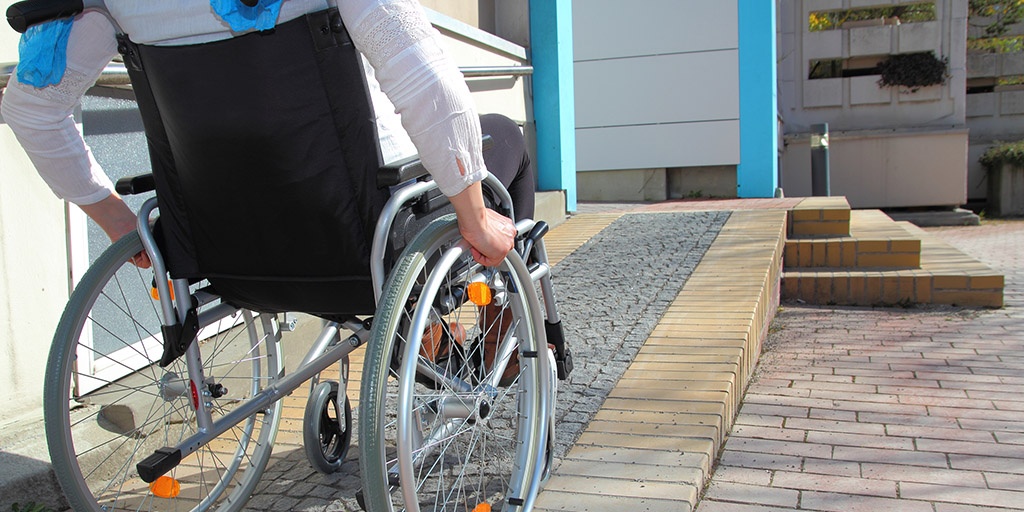Before engaging in construction work for an existing public facility, it is important to understand the ADA regulations surrounding readily achievable barrier removal.
Signed into law by President George H.W. Bush in 1990, The Americans with Disabilities Act (ADA) requires ‘places of public accommodation’ (i.e. restaurants, retail stores, government buildings, banks, schools and other places that serve the public) to remove ‘architectural barriers’— physical conditions that prohibit/restrict barrier free access to the facility — where their elimination is readily achievable. The U.S. Department of Justice (DOJ) sets and enforces these regulations.
The key words “readily achievable” are vaguely defined by DOJ code regulations. According to Title III-4.4200, readily achievable means modifications that are “easily accomplished and able to be carried out without much difficulty or expense.” Whether a proposed modification is “readily achievable” gets decided on a case-by-case basis dependent on factors such as the cost of the modifications, feasibility, and financial resources of the company.
Given that ADA’s definition can be subject to broad interpretation, businesses often struggle to determine whether they are required to make changes or modifications to their premises. Unsurprisingly, public businesses are often subject to lawsuits for not complying with the ADA regulation to remove architectural barriers when it is readily achievable to do so. Milrose has consulted for a number of public business owners where claims of ADA accessibility violations have been alleged.
To help better understand what constitutes ‘readily achievable’, the DOJ provides 21 examples of common modifications to provide or enhance accessibility to a public building or site.
The 21 examples of “Readily Achievable” modifications include:
- Installing ramps
- Making curb cuts in sidewalks and entrances
- Repositioning shelves
- Rearranging tables, chairs, vending machines, display racks, and other furniture
- Repositioning telephones
- Adding raised markings on elevator control buttons
- Installing flashing alarm lights
- Widening doors
- Installing offset hinges to widen doorways
- Eliminating a turnstile or providing an alternative accessible path
- Installing accessible door hardware
- Installing grab bars in toilet stalls
- Rearranging toilet partitions to increase maneuvering space
- Insulating lavatory pipes under sinks to prevent burns
- Installing a raised toilet seat
- Installing a full-length bathroom mirror
- Repositioning the paper towel dispenser in a bathroom
- Creating designated accessible parking spaces
- Installing an accessible paper cup dispenser at an existing inaccessible water fountain
- Removing high pile, low density carpeting
- Installing vehicle hand controls
In order to avoid the high cost of a lawsuit, contact our code experts to help you identify any possible design issues and resolve them prior to submission to the DOB. Let us help you mitigate your liability risk by ensuring your plans are in compliance with the ADA’s accessibility statutes.
To learn more about ADA building code regulations, read our previous article, ADA vs. the 2014 NYC Building Code.








